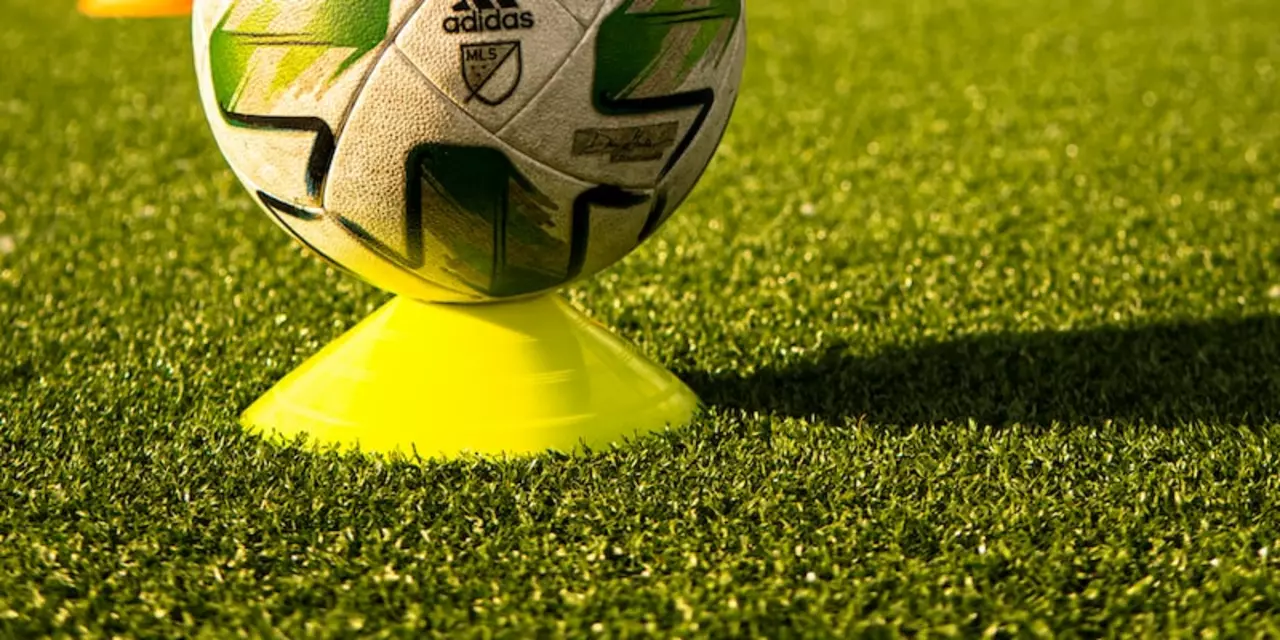How to Choose the Perfect Soccer Shoes for Your Game
If you’re looking to up your soccer game, the first thing to check is your footwear. A good pair of soccer shoes gives you better traction, more control, and less risk of injury. But with so many options, picking the right ones can feel overwhelming. Here’s a plain‑spoken rundown that helps you find the perfect fit without the jargon.
Know Your Surface
Grass, artificial turf, and indoor courts each need a specific sole pattern. For natural grass, go for firm‑ground (FG) studs that dig into soft soil. If you play on a hard artificial pitch, choose turf (TF) shoes with many small studs for grip without tearing up the surface. Indoor players should look for flat, rubber‑sole shoes that let you move quickly without slipping.
Fit Matters More Than Brand
Brands are useful for style, but the shoe’s shape is what matters on the field. Your soccer shoes should hug your foot snugly, leaving just a thumb‑width of space at the toe. Try them on with the same socks you wear in matches. Walk, jog, and do a few quick cuts. If the shoe feels tight or slides around, keep looking.
Material choice also impacts fit. Traditional leather molds to your foot over time, giving a custom feel. Synthetic uppers stay lightweight and water‑resistant but can feel a bit roomy at first. Pick what feels comfortable for you and matches the climate you play in.
Weight vs. Protection
Lightweight shoes let you accelerate faster, but they might sacrifice ankle support. If you’re a defender who jumps for headers, a slightly heavier boot with added padding can protect against knocks. Attackers often prefer ultra‑light models for quick changes of direction. Balance speed and protection based on your position.
Maintain Your Shoes, Extend Their Life
After every game, brush off mud and let the shoes air dry—don’t toss them in the dryer. Use a soft brush and a mild cleaner if the surface is really dirty. Apply a leather conditioner to preserve softness, and store them in a cool, dry place. Regular maintenance means the studs stay sharp and the upper doesn’t crack.
When the studs wear down, replace them. Most soccer shoes let you screw in new studs yourself. Keeping the studs sharp maintains traction, especially on wet fields where a slip can cost a goal.
Budget Tips Without Skimping on Quality
Top‑tier soccer shoes can cost a lot, but you don’t need the newest model every season. Look for last‑year’s releases; they often have the same technology at a lower price. Sales at sports stores or online clearances can shave off 30‑40 percent. If you’re just starting out, a mid‑range shoe offers decent durability and performance without breaking the bank.
Remember, the best shoe is the one that fits your foot, matches the playing surface, and feels comfortable for the duration of the match. Spend a few minutes trying on a few pairs, check the sole type, and you’ll walk away with a pair that helps you play better and stay injury‑free.
Now that you know what to look for, head to your local store or browse trusted online shops, and pick the pair that feels right. Your feet will thank you, and your game will improve—simple as that.
